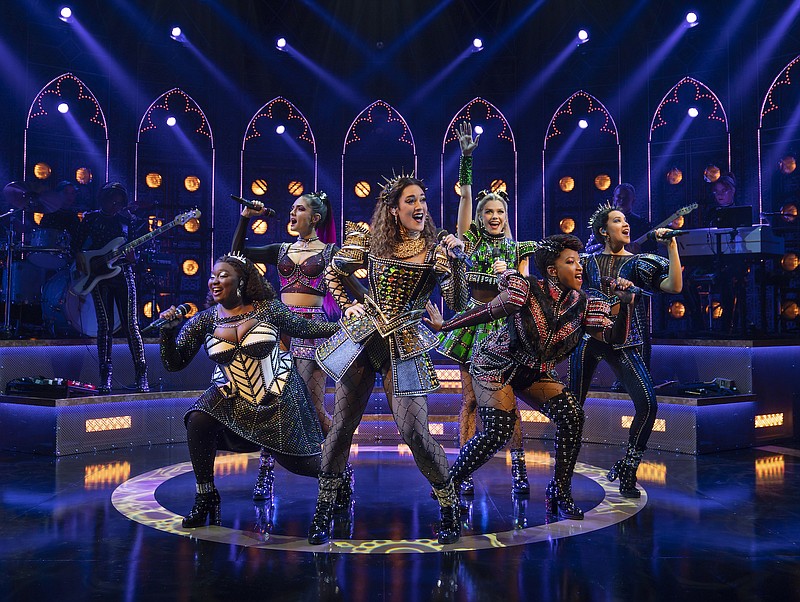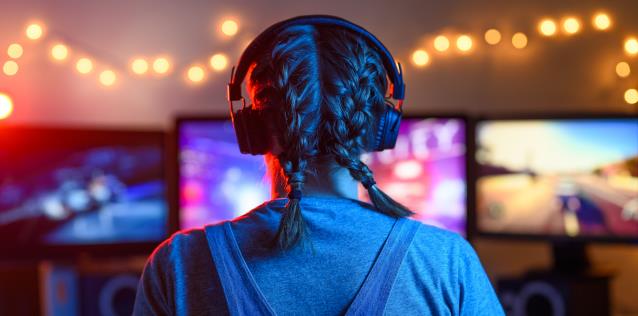
Are you one of those viewers who can't help but get swept away by the on-screen chemistry between actors? It's a captivating art that brings characters to life and keeps us glued to our screens.
In this article, we'll delve into the magic behind creating authentic connections on screen. From the importance of actor chemistry to the role of script and director's vision, we'll explore how these elements combine to create memorable on-screen relationships that captivate entertainment audiences.
Get ready to uncover the secrets behind this enchanting art form!
Key Takeaways
- Actor chemistry resonates with viewers
- Improvisation adds surprise and authenticity
- Trust allows for believable relationships
- Director's vision shapes dynamics and connections
The Importance of Actor Chemistry
You need to understand the importance of actor chemistry in captivating entertainment audiences. It's not just about memorizing lines and hitting your marks; it's about creating a connection that resonates with viewers.
One key factor in achieving this captivating chemistry is the impact of improvisation. When actors are comfortable enough to go off-script and explore new territory, it adds an element of surprise and authenticity to their performances. This spontaneity can truly captivate an audience, keeping them on the edge of their seats.
Another crucial aspect of actor chemistry is the importance of trust. Actors must have complete faith in each other's abilities and intentions on screen. This trust allows them to take risks, push boundaries, and create believable relationships that draw viewers in. Without trust, the performances may fall flat, lacking depth and emotional resonance.
In conclusion, understanding the significance of actor chemistry is vital for captivating entertainment audiences. The impact of improvisation and the importance of trust contribute to creating authentic connections that keep viewers engaged throughout a film or TV show. So next time you watch your favorite on-screen duo, remember that their chemistry isn't just magic—it's artistry at its finest.
The Role of Script in Creating On-Screen Chemistry
The script plays a crucial role in establishing the connection between actors on screen. It provides the foundation upon which their chemistry can blossom and evolve.
Improvisation vs. scripted dialogue is an ongoing debate in the world of acting. While improvisation allows for spontaneity and authenticity, scripted dialogue ensures consistency and precision.

Balancing chemistry with character development is another challenge faced by actors. They must not only create a believable connection with their co-stars but also stay true to their characters' motivations and arcs. It's like walking a tightrope, where one wrong step can disrupt the delicate balance of chemistry and storytelling.
The script serves as a guide, giving actors the framework within which they can explore their characters' relationships while still delivering a compelling performance that resonates with audiences seeking freedom from mundane reality.
The Influence of Director's Vision on Chemistry
The director's vision shapes the dynamics and connections between actors on screen. Their creative control sets the tone for the entire production, influencing not only the story but also the chemistry between actors. A collaborative director-actor relationship is crucial in bringing this vision to life.
Imagine a three-column table that represents different scenarios on set. In one column, you have a director who gives little direction, allowing actors to explore their characters freely. This can lead to a natural and organic chemistry that feels effortless and authentic.
In another column, you have a director who micromanages every movement and line delivery. This can stifle creativity and make it challenging for actors to connect with each other or their characters, resulting in forced chemistry or even tension on set.
Finally, in the third column, you have a director who strikes the perfect balance of guidance and trust in their actors' abilities. This creates an environment where chemistry flourishes naturally, allowing for captivating performances that truly resonate with audiences.
Ultimately, the influence of the director's vision cannot be underestimated when it comes to creating on-screen chemistry. Their ability to foster collaboration and provide creative freedom paves the way for memorable performances that capture our hearts.
Techniques for Building Authentic On-Screen Relationships
To build authentic on-screen relationships, it's important to establish a strong foundation of trust and communication with your co-stars. One effective technique for creating genuine connections is through improvisation. By engaging in spontaneous and unscripted scenes, you can uncover hidden emotions and reactions that add depth to your characters' relationships. Improvisation allows you to explore different ways of interacting with your co-stars, fostering a sense of spontaneity and unpredictability that translates onto the screen.
In addition to improvisation techniques, non-verbal communication skills play a crucial role in building believable on-screen chemistry. Paying attention to your body language, facial expressions, and subtle cues from your scene partner can enhance the authenticity of your relationship. These non-verbal signals can convey unspoken thoughts and emotions, creating a more nuanced portrayal that captivates audiences.

By combining improvisation techniques with strong non-verbal communication skills, actors can create on-screen relationships that feel organic and real. The result is an immersive experience for viewers who crave freedom in their entertainment choices.
Examples of Memorable On-Screen Chemistry in Film and TV
Take a moment to think about the unforgettable on-screen chemistry you've witnessed in your favorite movies and TV shows. It's those iconic romances that have captured our hearts and kept us coming back for more.
From the passionate love affair between Jack and Rose in 'Titanic' to the sizzling connection between Ross and Rachel in 'Friends,' these on-screen couples have become cultural touchstones.
But it's not just the classic pairings that leave a lasting impression; sometimes, it's the unexpected pairings that steal the show. Think of Ryan Gosling and Steve Carell in 'Crazy, Stupid, Love,' or Sandra Bullock and Melissa McCarthy in 'The Heat.' These unlikely duos bring a fresh energy to the screen, creating sparks that ignite our imaginations and remind us of the magic of cinema.
Frequently Asked Questions
How do actors prepare for scenes that require intense chemistry?
To prepare for scenes that require intense chemistry, actors use improvisation techniques to tap into their creativity and emotional connection exercises to deepen their bond. This helps them create authentic and captivating performances that captivate audiences.
Are there any specific challenges that actors face when trying to create on-screen chemistry?
Creating on-screen chemistry presents challenges for actors. The importance of non-verbal cues cannot be understated; they communicate emotions and build connections. Mastering these cues allows actors to evoke genuine chemistry, captivating audiences with their performances.
How does the environment or setting of a scene contribute to the overall chemistry between actors?
The location and costumes play a vital role in creating on-screen chemistry. The right setting can enhance the actors' performances, while costumes can transport them into their characters' world, allowing for a more authentic and captivating portrayal.
Can on-screen chemistry be influenced by factors outside of the actors' control, such as editing or music?
Editing and music can indeed influence on-screen chemistry. Lighting sets the mood and can intensify or soften interactions. Costume design adds depth to characters, enhancing their connection and making their chemistry more believable and captivating.
Are there any techniques or exercises that actors use to improve their on-screen chemistry with different co-stars?
To improve your on-screen chemistry, engage in improvisation exercises that encourage spontaneity and collaboration. Trust building activities like sharing personal stories or participating in team-building exercises can also deepen connections with your co-stars.

 SportsHollywoodLifestyleFashionHome & GardenTrendsPrivacy PolicyTerms And Conditions
SportsHollywoodLifestyleFashionHome & GardenTrendsPrivacy PolicyTerms And Conditions
